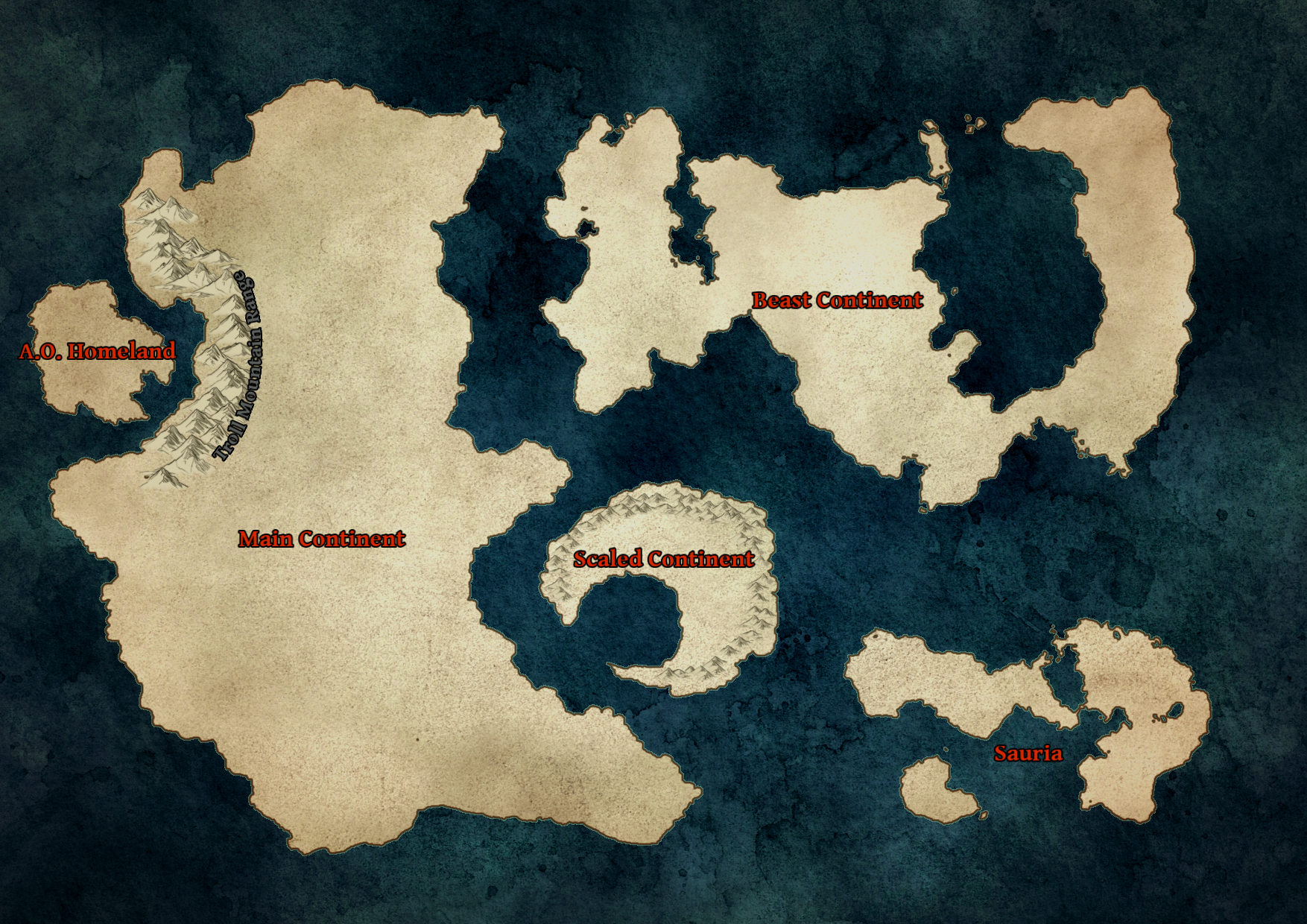Hydra, General
Basic Information
Anatomy
These wingless dragonoids are easily recognizable due to their multiple snake-like heads upon long, slender necks. All hydras are born with one to two head, and will grow additional heads with age or to replace damaged or destroyed heads. Each head can take over a year to grow, and is able to independently eat and sleep from the other heads. Heads have been observed fighting each other, with weaker heads being picked on by stronger heads. This has been reported to occasionally result in the death of a head.
Hydras tend to have large, bulky bodies cover in strong, but light armoring. Their broad, flat feet are clawed and webbed to help them move more easily in their muddy environment. They also have hollow bones, making them very buoyant.
There are legends of winged hydras, but the existence of such a creature hasn't been confirmed.
Biological Traits
Health
They have quick healing abilities and are able to regrow lost limbs and even heads. They are very difficult to kill, only by destroying all the heads or piercing vital organs. If a head is cut off a muscle reflex seals the neck to prevent blood loss, and eventually a new head will grow in it's place. However if the neck stump is damaged by fire or acid new heads can't regrow on that stump.
Movement
Hydras are ungainly on land, but are excellent swimmers.
Genetics and Reproduction
Hydras lay large clutches of eggs that they will abandon immediately after laying. Very few eggs will survive to adulthood, with hatchlings being eaten by predators, other hatchlings, or even by adult hydras. Even young adults aren't safe from predators, with large crocodilians being able to take them down.
Ecology and Habitats
Hydras are native to marshes and other wetlands throughout temperate and tropical regions. They rarely stray far water, and are typically active during dawn and dusk. Dens are often made along riverbanks and inland seas.
Dietary Needs and Habits
Hydras are anglers, snatching up any fish or small game that comes within its reach. They have also been known to overturn logs and rocks in order to get to prey that has taken shelter under it.
Biological Cycle
Species in temperate environments tend to hibernate.
Additional Information
Social Structure
Solitary.
Uses, Products & Exploitation
Hated by most folk and aggressively hunted to protect settlements and livestock despite rarely approaching settlements or eating livestock.
Facial characteristics
Amber eyes.
Average Intelligence
Relatively unintelligent.
Perception and Sensory Capabilities
Hydras have rather poor eyesight, however because they have multiple heads they can see any direction around themselves. Each head has long whiskers to help them sense the environment.
Conservation Status
Rare.
Average Weight
~4,000lbs
Average Length
Length: 20-30ft
Body Tint, Colouring and Marking
Most hydras are grey-brown to dark brown with a light yellow-tan underbelly.
Remove these ads. Join the Worldbuilders Guild



Comments